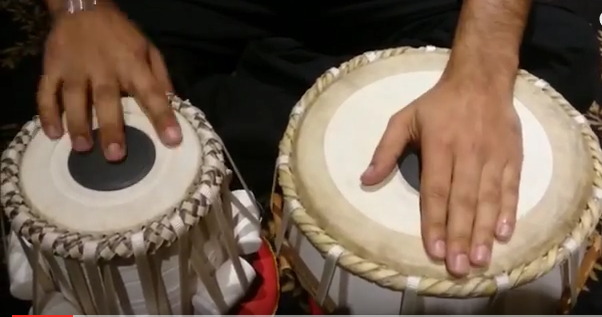
One concern in the 3D printed musical instrument space is that it’s all fine and dandy, and very cool, to merge high technology with music, but do the instruments play the same way? Should that be the goal? How do the 3D printed instruments sound?
That was definitely an issue for Laurent Bernadac who created the world’s first fully playable 3D printed electric violin, which is why it took him years to design it. In his estimate, his violin accurately replicates the sound of the world’s most expensive violin, the Stradivarius. We have also recently covered an almost entirely 3D printed and fully playable drum set using a ZMorph 2.0 S Personal Fabricator.
And now we can add a 3D printed Indian drum pair, the tabla, to our growing list of 3D printed instruments thanks to Australia’s 3DLI.
Just how ancient is the tabla drum pair and what does it sound like? If you have ever listened to any Indian music, you will recognize the distinctive sound–almost a low consistent rhythmic echo with different tonations produced by hand and finger playing and motion–of the drumming. This is called tabla, and the sound that the “tabla” is known for is really two drums
The instrument is a fixture of Hindustani classical music, and is used in the music of many countries including Pakistan, India, Sri Lanka, Nepal and Bangladesh. Originating in India, the tabla drum can be dated all the way back to 200 BC from carvings in Bhaja Caves. And there are also Hindu temple carvings of double hand drums that date back to 500 BC That’s a long way for a musical instrument to travel in order to be 3D printed.
The verdict is still out on how Australia-based 3DLI’s tabla pair compares to the traditional instrument that’s been played for centuries. But from the sounds of it, all is well with this new method for making a very ancient instrument. Go ahead and decide for yourself how it sounds by watching the video below!
Let’s hear your thoughts on these drums in the 3D Printed Indian Classical Drum forum thread on 3DPB.com.